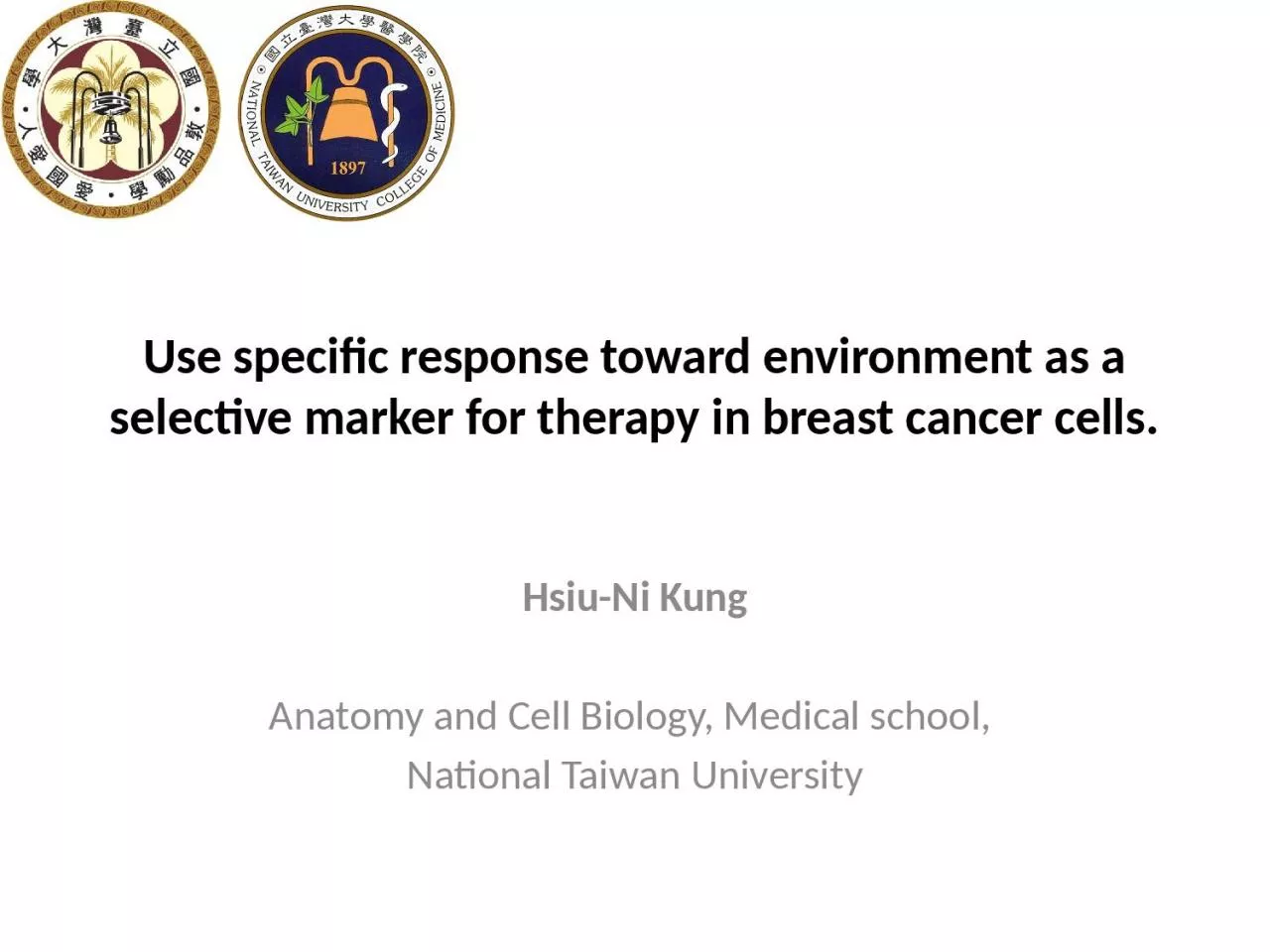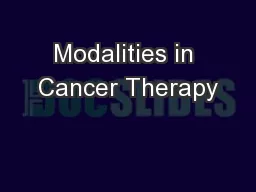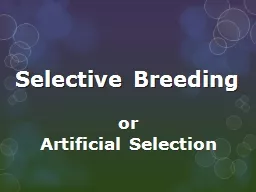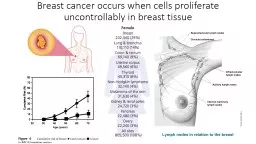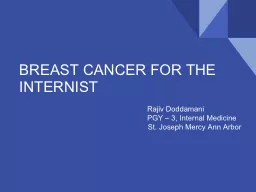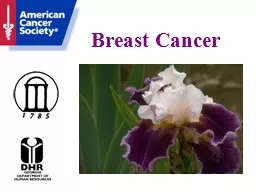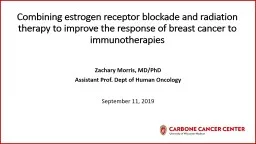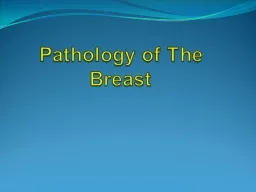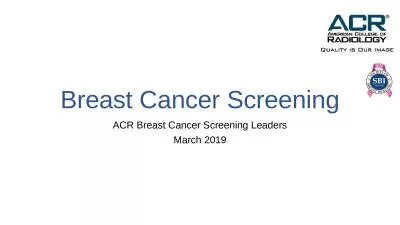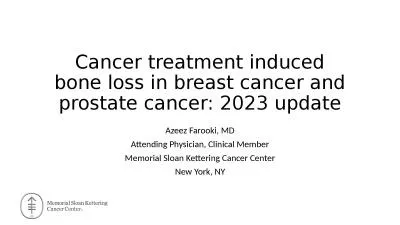PPT-Use specific response toward environment as a selective marker for therapy in breast cancer
Author : BraveButterfly | Published Date : 2022-08-03
Hsiu Ni Kung Anatomy and Cell Biology Medical school National Taiwan University Metastatic Breast Cancer Survival Rates httpcancercareplissblogspottw201107metastaticbreastcancersurvivalrateshtml
Presentation Embed Code
Download Presentation
Download Presentation The PPT/PDF document "Use specific response toward environment..." is the property of its rightful owner. Permission is granted to download and print the materials on this website for personal, non-commercial use only, and to display it on your personal computer provided you do not modify the materials and that you retain all copyright notices contained in the materials. By downloading content from our website, you accept the terms of this agreement.
Use specific response toward environment as a selective marker for therapy in breast cancer: Transcript
Download Rules Of Document
"Use specific response toward environment as a selective marker for therapy in breast cancer"The content belongs to its owner. You may download and print it for personal use, without modification, and keep all copyright notices. By downloading, you agree to these terms.
Related Documents

